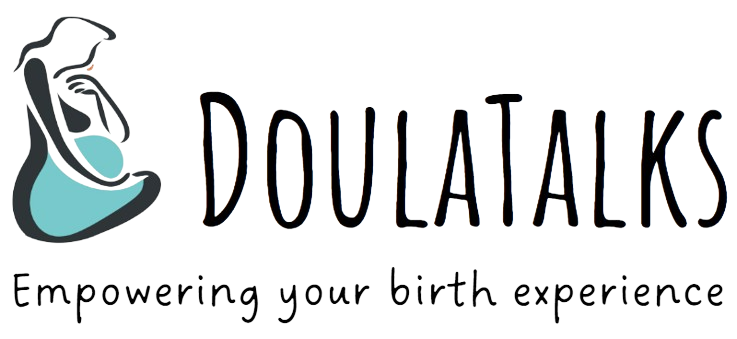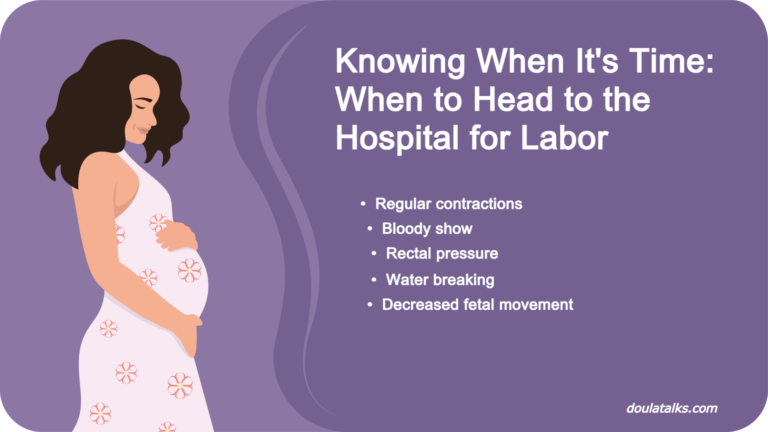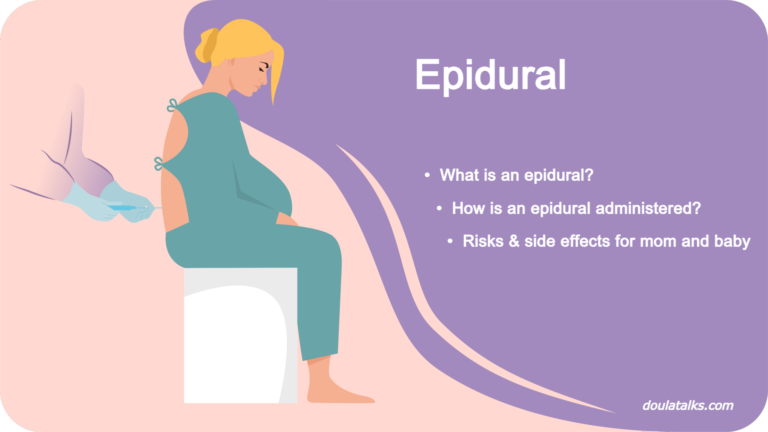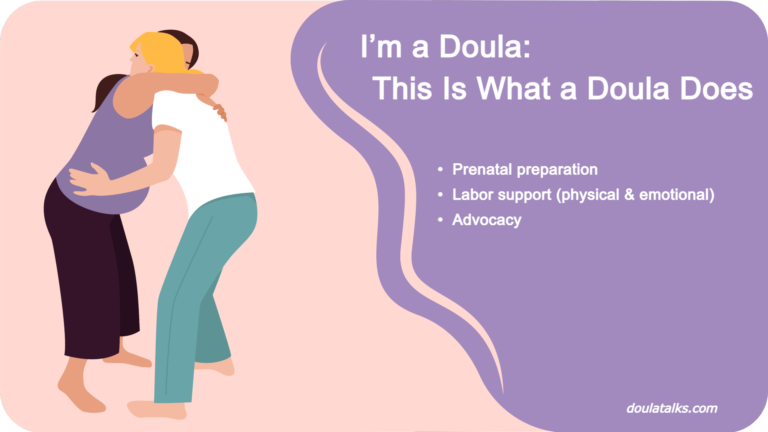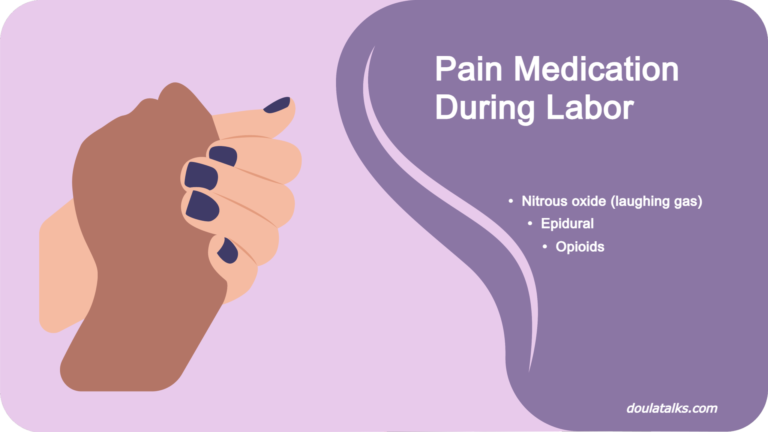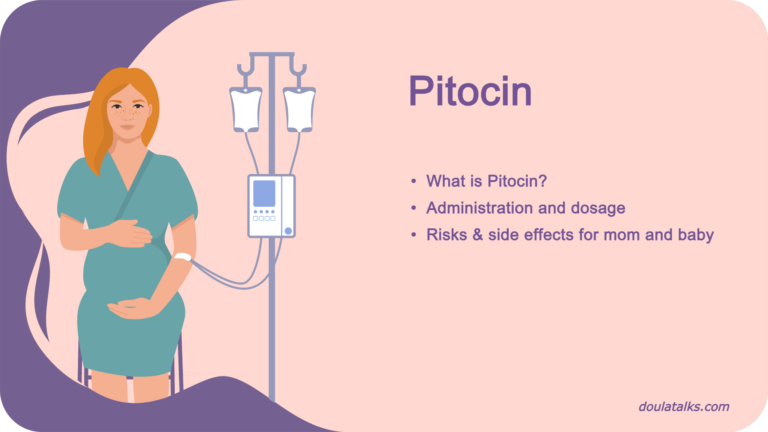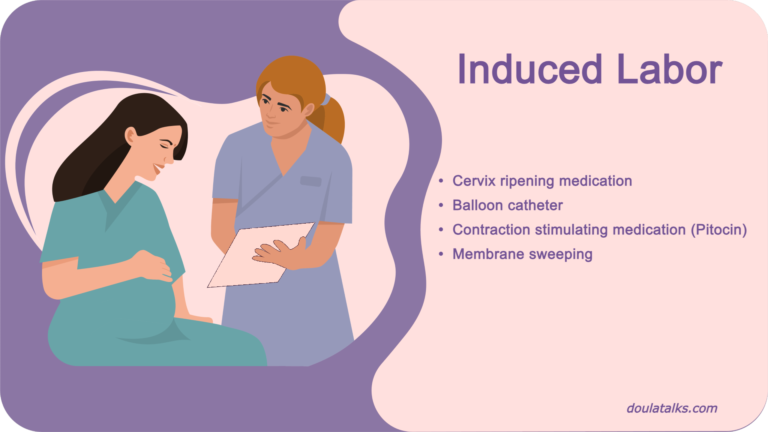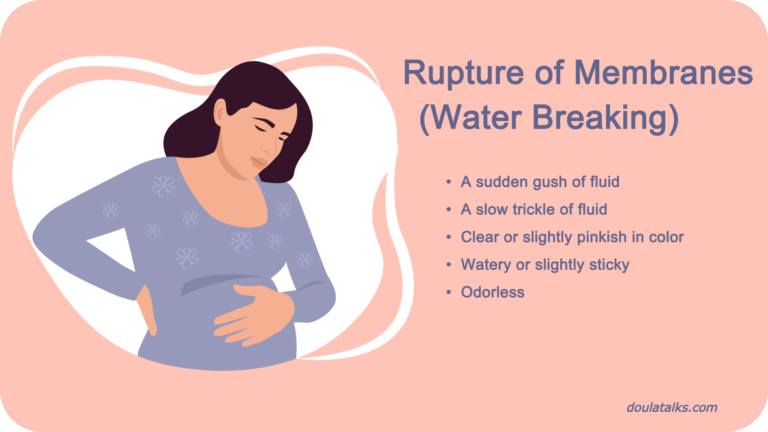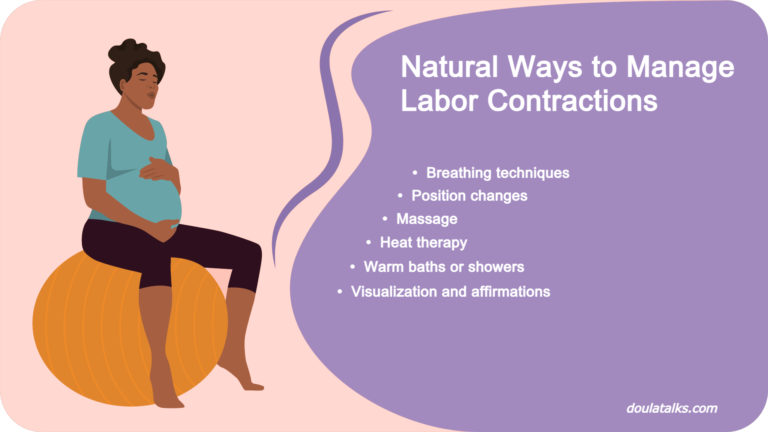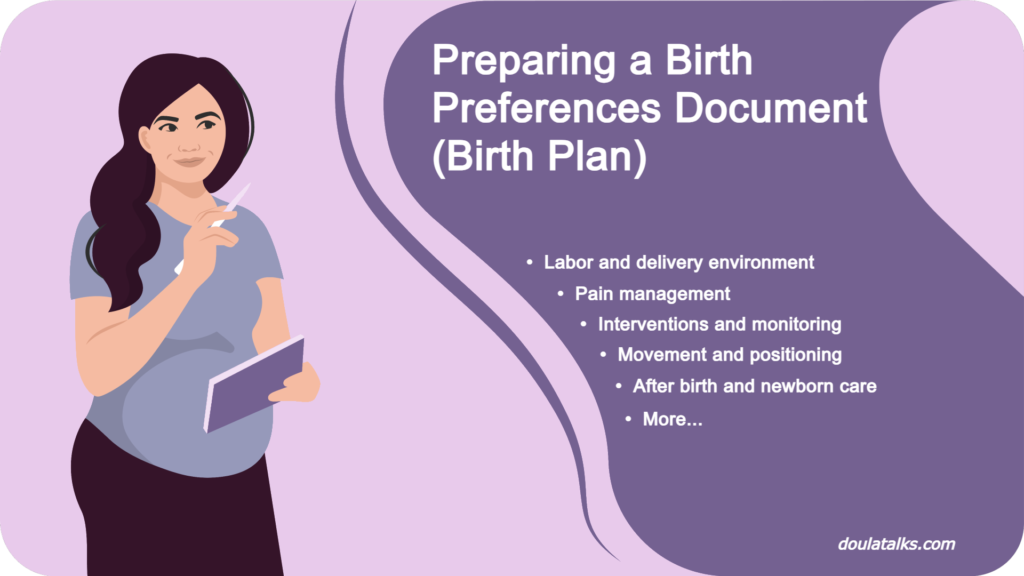In This Article:
Preparing for birth involves knowing what you want to experience as you are bringing your child into this world. While it is your healthcare provider’s job to deliver the baby safely into the world and keep you healthy, that doesn’t mean you don’t have some control over the process.
Let’s dive into preparing a birth preferences document, aka birth plan.
What is a birth preferences document?
Most of my clients ask me to help write a “birth plan”, and I insist that we can’t plan births, so I prefer calling it a preferences document.
A preferences document outlines your preferences for labor, delivery, and postpartum care. It’s a way to communicate your wishes and goals to your medical team and can help initiate discussions with healthcare professionals to ensure that the parent’s wishes are considered to its possible extent. I recommend that you complete this document by 38 weeks, print a couple of copies, and put it in your birth bag.
A preferences document may include your expectations and desires for things like:
● Labor and delivery environment: Choices about where you want to give birth (hospital, birthing center, home), who you want present during labor, and any desired atmosphere or comfort measures.
● Pain management: Preferences for pain relief methods such as epidurals, nitrous oxide, or natural pain management techniques like breathing exercises, meditation, or movement.
● Interventions: Your stance on medical interventions like induction, assisted delivery (forceps or vacuum extraction), and cesarean section.
● Monitoring: How you wish to be monitored during labor, such as intermittent fetal monitoring or continuous monitoring.
● Movement and positioning: Preferences for being able to move around, change positions, or use birthing props like birthing balls or squat bars.
● Delivery positions: Desired positions for pushing and delivery, such as squatting, kneeling, or lying down.
● Immediate postpartum care: Preferences for skin-to-skin contact, delayed cord clamping, and other procedures immediately after birth.
● Feeding choices: Plans for breastfeeding, formula feeding, or a combination of both.
● Circumstances and backup plans: Considerations for unexpected situations or complications that might arise during labor and delivery.
● Postpartum care: Preferences for rooming-in with the baby, postpartum pain management, and any special requests during the recovery period.
You may think of a preferences document as a guideline or map. You can include anything about labor and birth that is important to you.
Remember that flexibility is key, as circumstances during labor can change rapidly. While a preferences document can serve as a helpful communication tool, being open to adjustments and changes based on medical advice and the well-being of both the mother and the baby is important. It’s a good idea to discuss your preferences document with your healthcare provider before going into labor to ensure that your choices are understood and met.
Also Read:
My birth preferences template
Here is the birth preferences template that I use with my clients. I added some suggestions under each category to give you an idea about what you can request. I ask them to go over it and fill it out according to their needs and specifications, and then we go over it together. At the start of the birth, they provide this document to the medical team.
Partner
Doula
Other support person
Hospital admittance/triage
- If available, I’d like a room with a bathtub.
- During the initial wireless monitoring, I’d like to stand or sit on a ball (not lie down).
Pain management
- Do not offer pain medication, I will ask if I want it.
- I will want access to nitrous when I’m ready and will ask for it.
- I would like to shower/bathe to help with pain management.
- Do not offer fentanyl or any IV pain medicine (opioids).
Environment
- I’d like to dim the lights and keep the room as quiet as possible, with as few people as possible coming in and out.
- I will have a Bluetooth speaker that I will provide to play music.
Food and fluids
- I’d like to avoid the use of IV fluids and prefer to keep myself hydrated.
- I would like to eat lightly during labor.
During labor and birth
- Please direct most questions to my partner.
- I would like intermittent monitoring of the baby.
- I’d like the option to move around and change positions.
- I’d like to avoid the use of Pitocin (except for placenta delivery).
- I would like to allow my bag of water to break spontaneously.
- I’d like the option to push in a position other than flat on my back.
- I would like to have a mirror available during pushing.
- I’d like a warm compress on my perineum when pushing.
After birth and newborn care
- Delay cord clamping for 3 minutes.
- My partner would be thrilled to help with delivery, would like to see the placenta, and would like to cut the cord if that is an option.
- No circumcision
- We’d like the baby to be placed on mom’s chest right after delivery.
- No bottle feeding; mom will be breastfeeding.
- I would like to give the placenta the chance to detach spontaneously, up to 20-25 minutes after the baby is born (i.e., no traction/tugging on the cord during that time).
- The baby should receive: Vitamin K, Erythromycin ointment, and Hep B vaccination.
- If the baby needs to be taken from the room, I would like dad to accompany the baby at all times.
*The above template is a suggestion and is not medical advice.
You can download this Birth Preferences template here:
Questions?
If you have any questions about this topic/article, please feel free to contact me through email at: liat@doulatalks.com
Liat Salomon is a certified doula since 2010 and is working in the San Francisco Bay Area in California. She has assisted in hundreds of births and has extensive experience with VBAC.
The information in this article does not constitute medical advice or diagnosis. It is meant for informational purposes only.
Related Articles:

